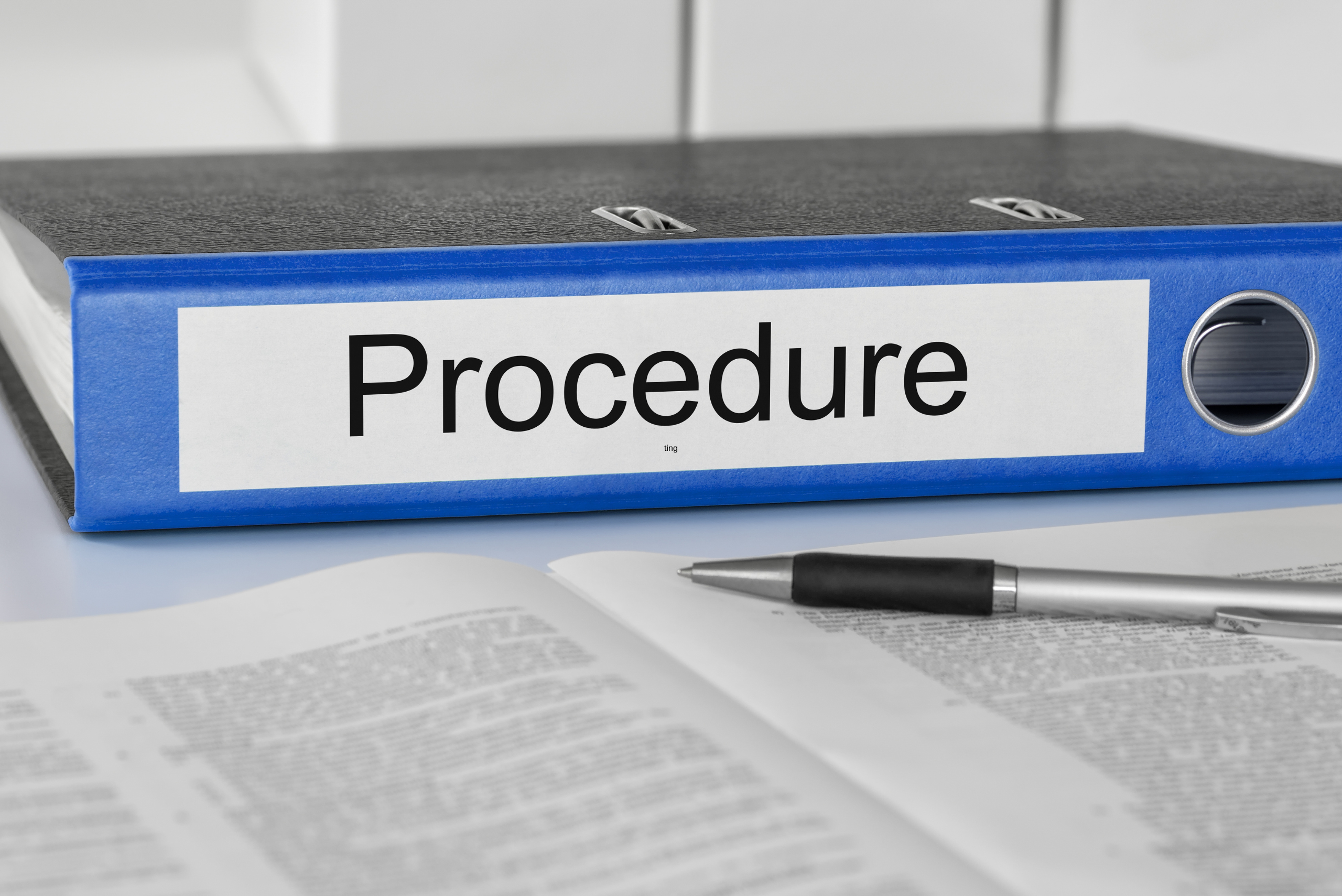Whether you are a company of one or have 100+ employees, you have a specific way you get things done. Many business owners keep all their systems in their heads which is not super efficient especially if you plan to bring on employees or scale. So, today we are talking about how and why you should start creating documentation for your company.
What’s an SOP?
The step-by-step process of how you carry out any given task in your business is called Standard Operating Procedure (SOP). Some organizations may also use terms like how-tos and training in place of calling them SOPs, but essentially no matter what you call them, they can all achieve the same goal.
Standard Operating Procedures allow you to achieve consistent results, reduce costs, boost productivity and create a safe working environment. When everyone in your organization is completing various processes in the same way you ultimately reduce inefficiencies and run a more well-oiled machine.
SOP Structure
The structure of an SOP is essentially a categorized, sequential checklist. From the title page to the procedures section your SOP will outline the what, why, how and when of every process in your business.
If you are looking for more details on the structure and implementation of SOPs check out “Standard Operation Procedure (SOP) – Guide & Examples”.
When to Use SOPs
If you truly want to run an efficient business, creating and using SOPs for all your processes is key. Having all your procedures mapped out not only makes your life easier, but it makes hiring and outsourcing simpler too.
Our friends over that Arvo, our favorite SOP software platform, have some great examples of SOPs:
- Creating Content
- Onboarding New Clients
- Monthly Reports
- Client Follow-up
- Employee Management (hiring, firing, reviews)
How to start creating SOPs
Building your library of SOPs can seem like a daunting task, but I promise it’s worth the effort.
There are two ways you can start creating your documentation:
- List all the processes you complete on a daily, weekly, monthly, quarterly, annual basis. From cashing out your register at the end of the day, to quarterly sales reporting, get all those tasks brain dumped on paper.
- Start with the most pressing questions you get asked on a daily basis. The kind of questions that are eating up your time in your day.
Next, pick one of your tasks and start writing out every single step (even things that seem obvious) involved in completing the process. Remember to write these steps down for someone who is clueless about this task so they could successfully complete it. Creating short videos and taking screenshots/photos are super helpful when explaining a process.
Here are some great tools to use when creating SOPs: Best Tools for Creating Documentation.
Finally, polish it up and put it in a format that is easy to save and share. This could be Google Drive or our favorite platform for SOPs, Arvo. Remember, people are less likely to read a black and white text document versus a visually appealing, skimmable doc, which is why we love Arvo so much.
Our recommendation is to always send it to someone on your team to follow and give feedback to make sure it correctly explains the process. Some things that are obvious to you, will probably not be obvious to someone else.
Conclusion
Standard Operating Procedures are an essential piece of running a productive, efficient, successful business. Even if you have no desire to hire employees, outsource or scale creating SOPs and putting things in place to streamline your work will allow you to operate a more stress free business.
Need help getting started with creating SOPs for your business? Reach out to one of our Business Coaches for support! And be sure to check out Askarvo.com.


